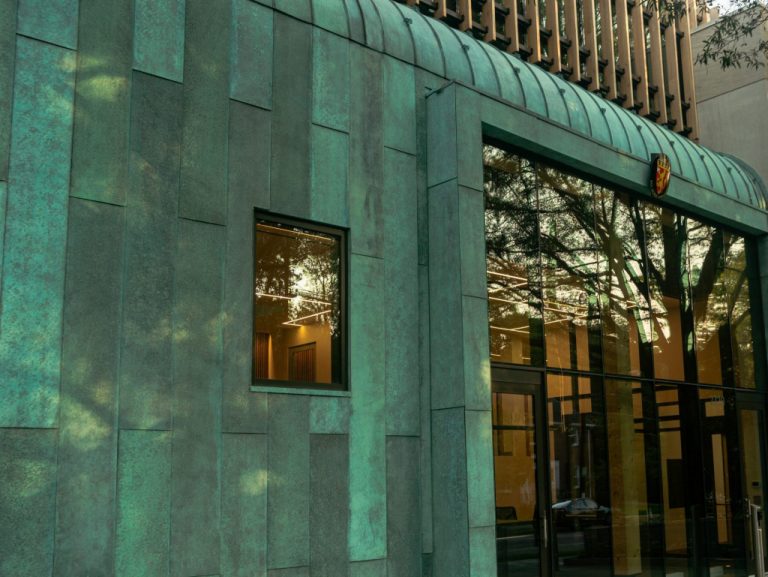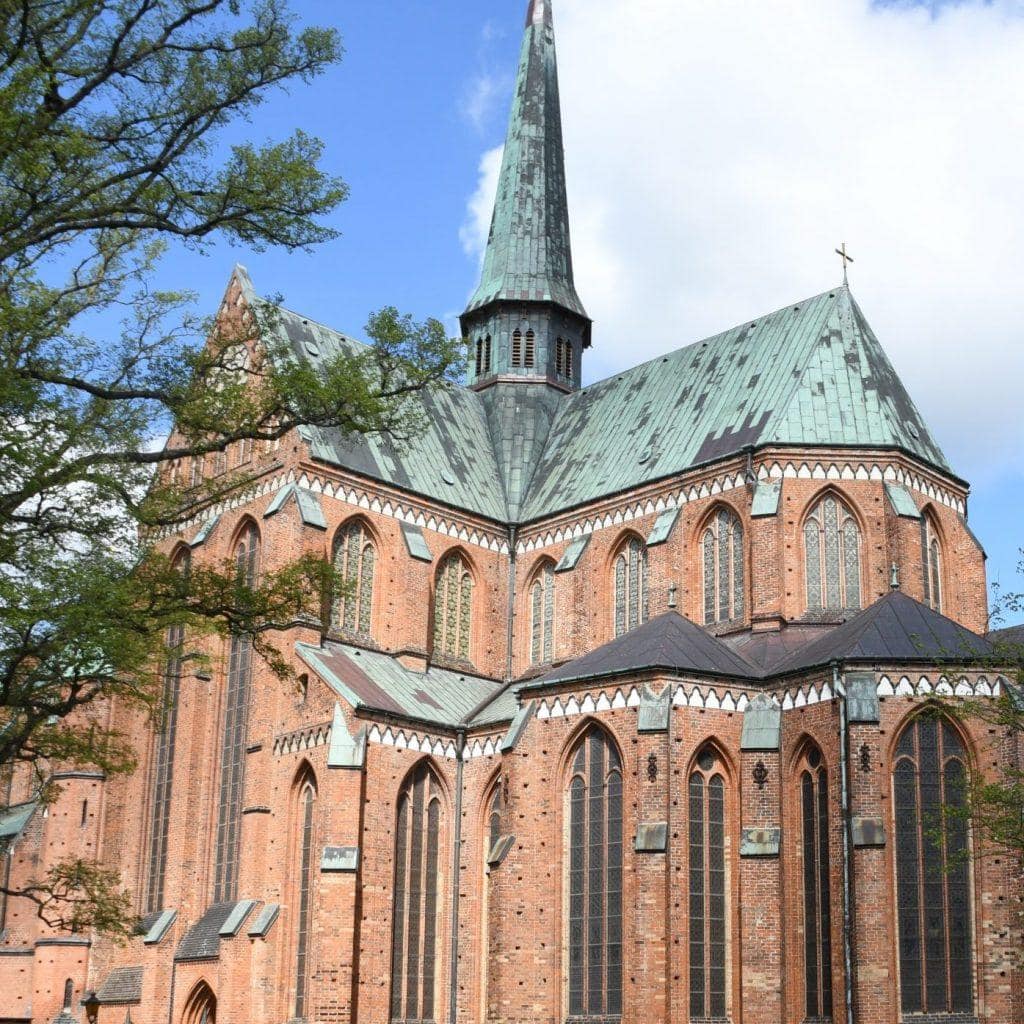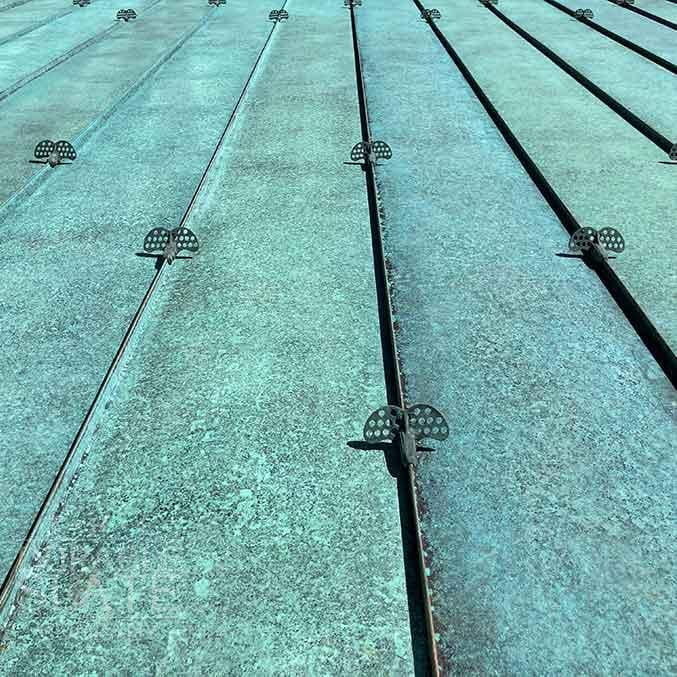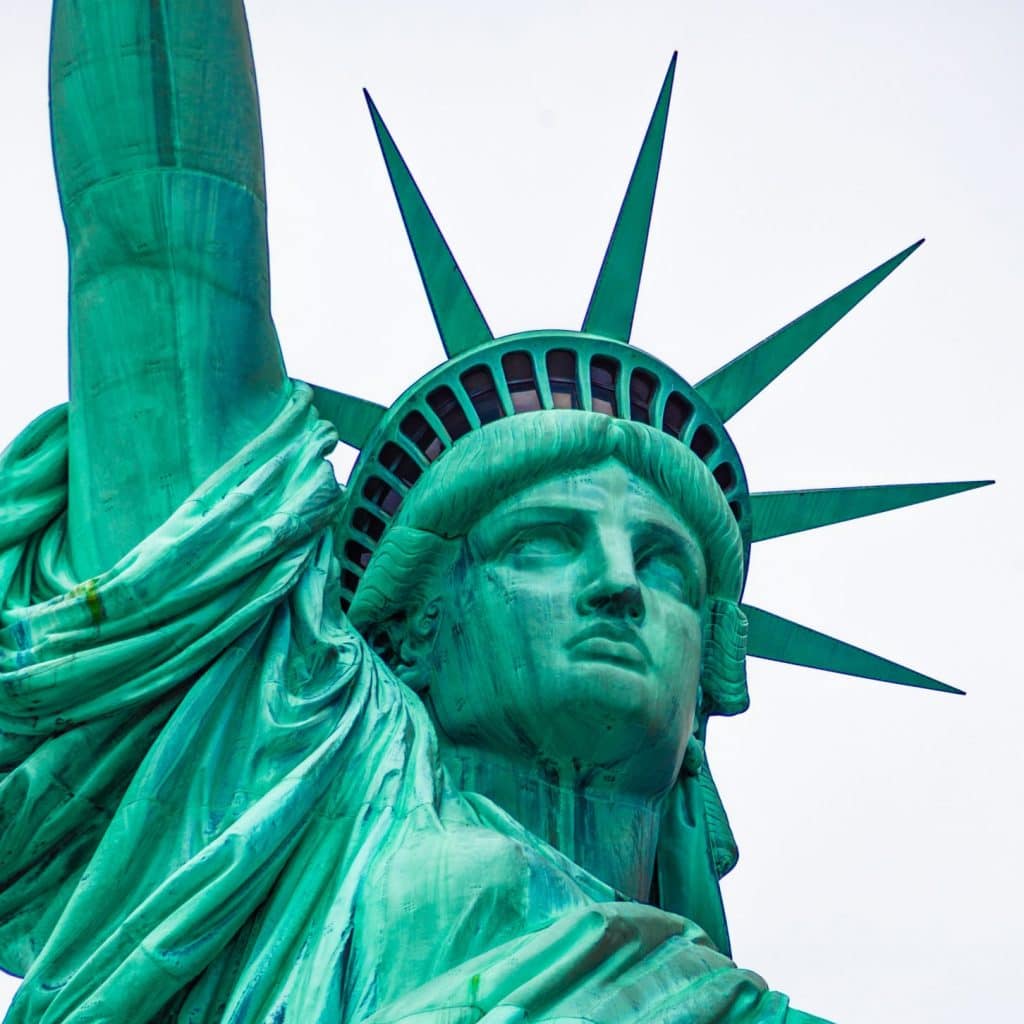When you think of copper, do you think of a shiny orange penny?
Or do you think of the seafoam green Statue of Liberty?
When looking at both side by side, it’s hard to fathom that both are made of the same material. Copper starts off as the orange-bronze color seen on a new penny. Over time, it then natural begins to change color, this is oxidation at work and the result is patina. Patina is the film that is created on the surface of copper and is caused by air exposure and oxidation. As time goes on, this layer thickens, protecting the underlying copper from damage.
Thanks to patina, copper can change from the normal russet brown to dark brown, green, and the famous turquoise color that can be seen on the Statue of Liberty.
(Pictured: Bad Doberan, MV, Germany)







